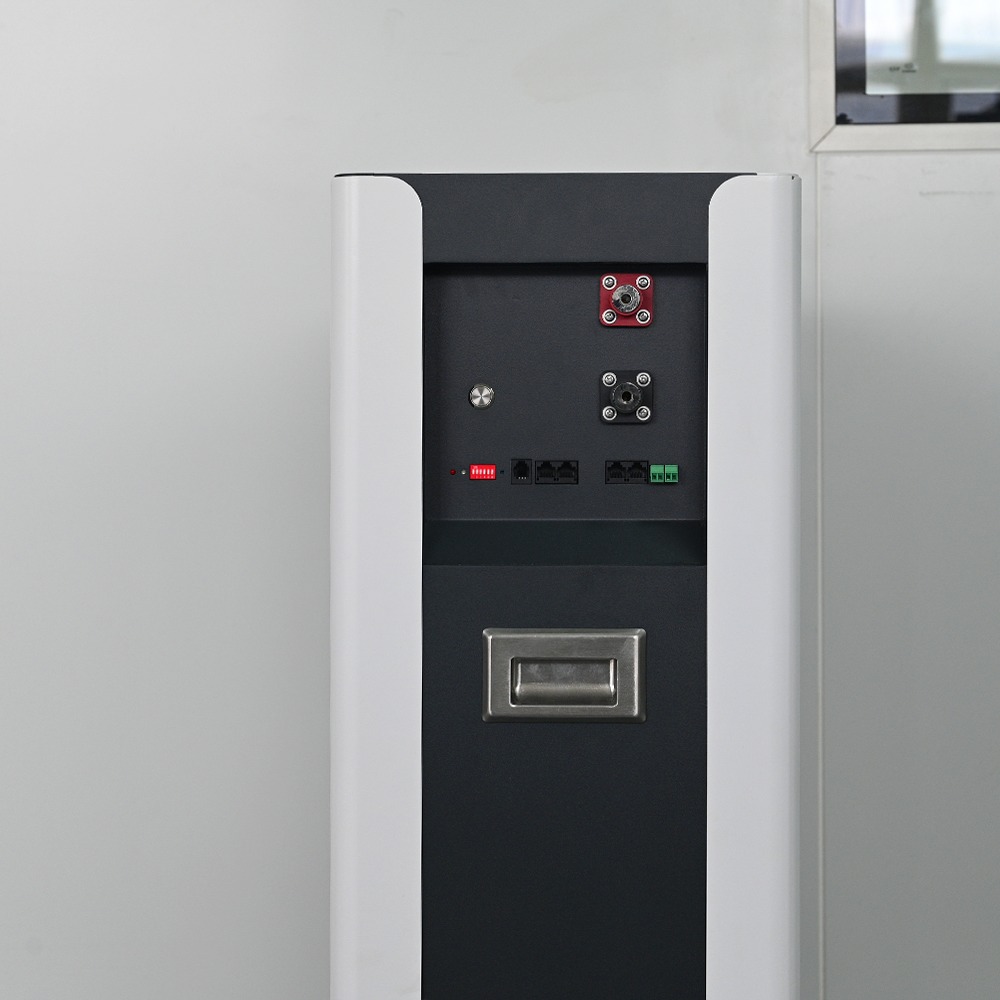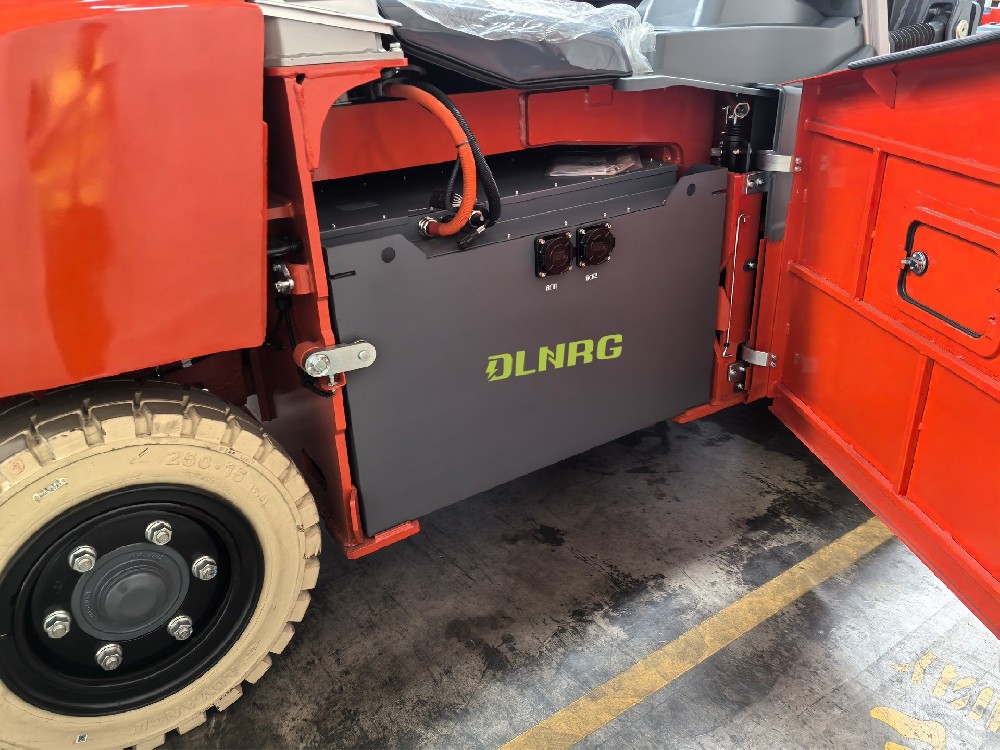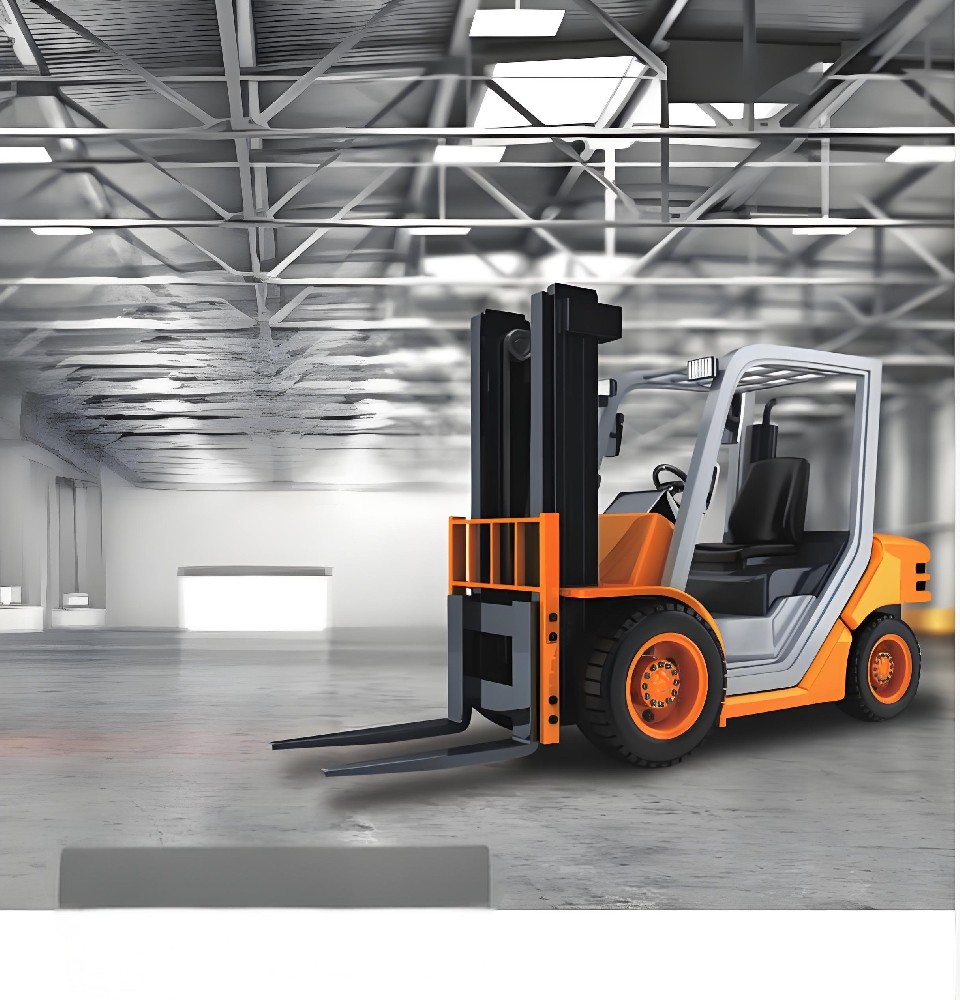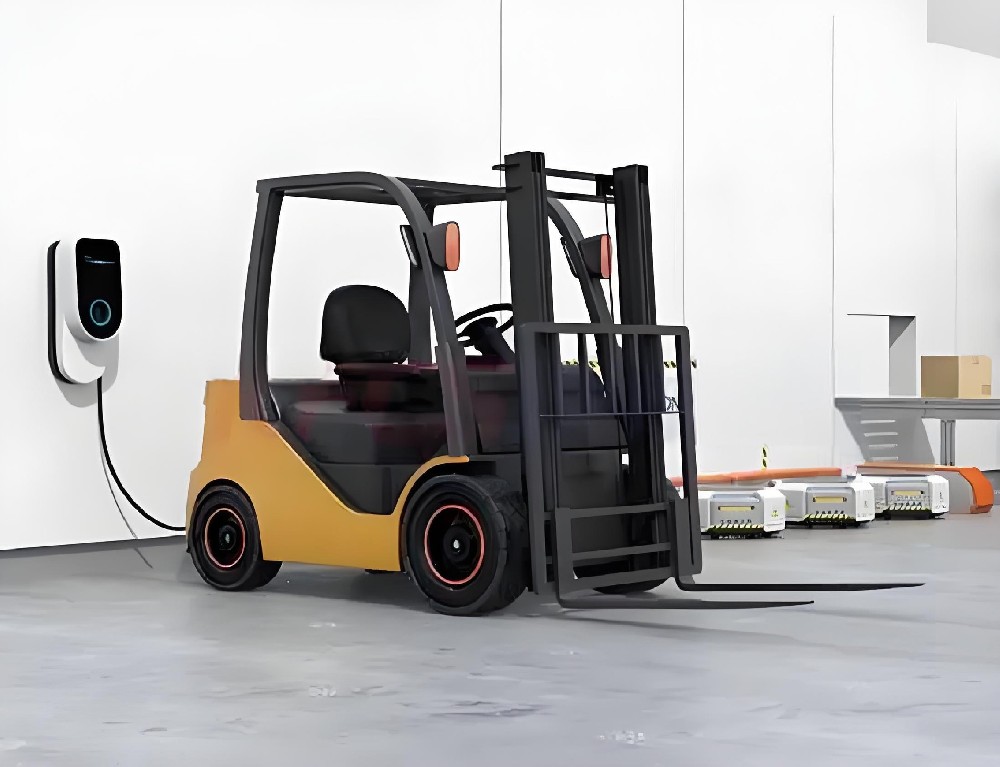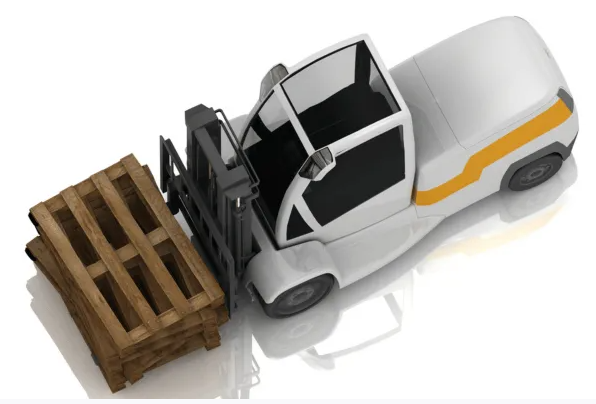
The forklift battery industry has been a subject of significant transformation over the years, with the shift from lead-acid batteries to lithium-ion (Li-ion) batteries becoming a prominent trend. The Lithium forklift battery has largely redefined battery standards in this sector, promising efficiency, low maintenance, and longevity. As the global emphasis on energy conservation and sustainability grows, it remains essential to unpack the future of the forklift battery industry, focusing on lithium-ion batteries.
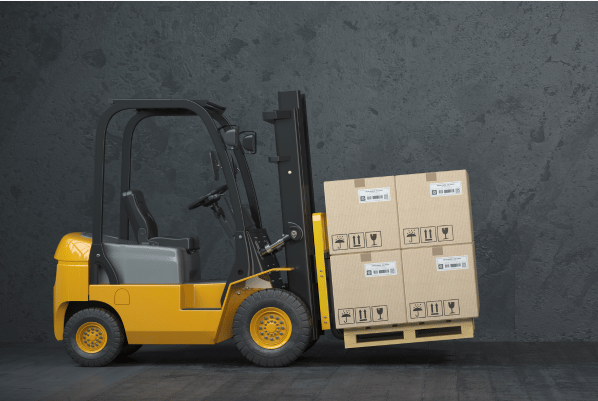
The Current Scenario
The adoption of lithium-ion batteries for forklifts has seen a considerable uptick in the past decade. Historically dominated by lead-acid batteries, the forklift market is shifting towards lithium-ion batteries due to their superior performance, longer life cycles, and reduced environmental footprint. Further, characteristics such as fast charging and opportunity charging capabilities, which cause less disruption in operations, are driving this transition.
The Driving Forces
Two primary forces are driving the transformation of the forklift battery industry:
Sustainability: The global commitment towards a cleaner and more sustainable future has been a significant driver. Lithium-ion batteries have a lower environmental impact than their lead-acid counterparts and are more energy-efficient.
Operational Efficiency: Lithium-ion batteries offer greater energy efficiency and uninterrupted operations than traditional batteries. They can be quickly charged and discharged, promoting a seamless process and reducing downtime.
Technological Advancements at the Core
Advancements in technology play a critical role in shaping the future of the forklift battery industry. Efforts are underway to improve the energy density of lithium-ion batteries, allowing forklifts to operate longer on a single charge. Additionally, there is a focus on enhancing safety measures like internal computers that monitor battery conditions, preventing overheating or overcharging.
Market Forecast
According to market research firms, the lithium-ion forklift battery market is predicted to see a 13-15% CAGR between 2021 and 2026. From a geographical viewpoint, Asia Pacific, led by China, will continue to hold a prominent market share, primarily due to the fast-growing logistics and e-commerce industry.
Challenges & Opportunities
Despite their multiple benefits, lithium-ion batteries have some roadblocks to overcome. High upfront costs and concerns related to the disposal and recycling of lithium-ion batteries are primary challenges. Despite these challenges, development opportunities abound. Continued technology improvements and increased lifecycle value may justify the initial investment. Moreover, as regulations tighten around carbon emissions and energy efficiency, the demand for green energy solutions, including lithium-ion batteries, is bound to surge.
Conclusion
The future of the forklift battery industry, particularly with a focus on lithium batteries, is bright. Trends toward sustainability, technological advances, and increasing demands for efficiency are steering the market in a positive direction. Now, more than ever is an exciting time for stakeholders such as manufacturers, logistics companies, and environmentalists, with the symbiotic promise of a more efficient and sustainable future.


